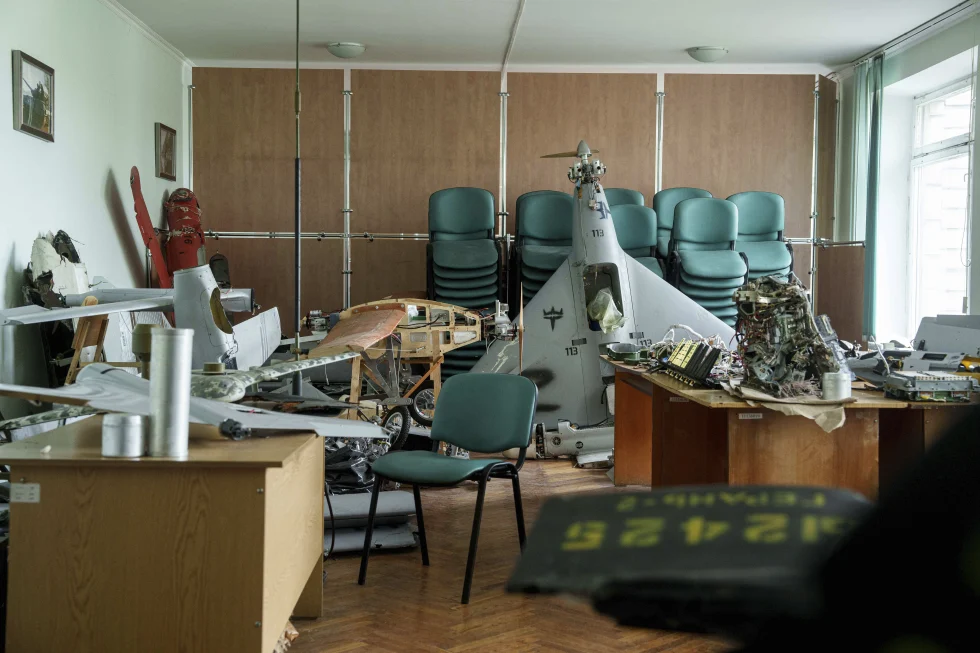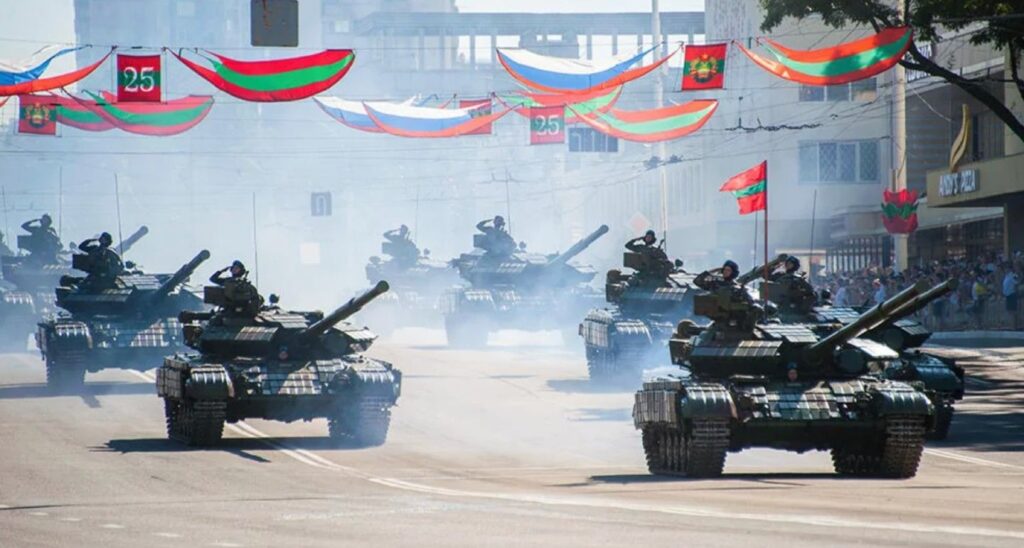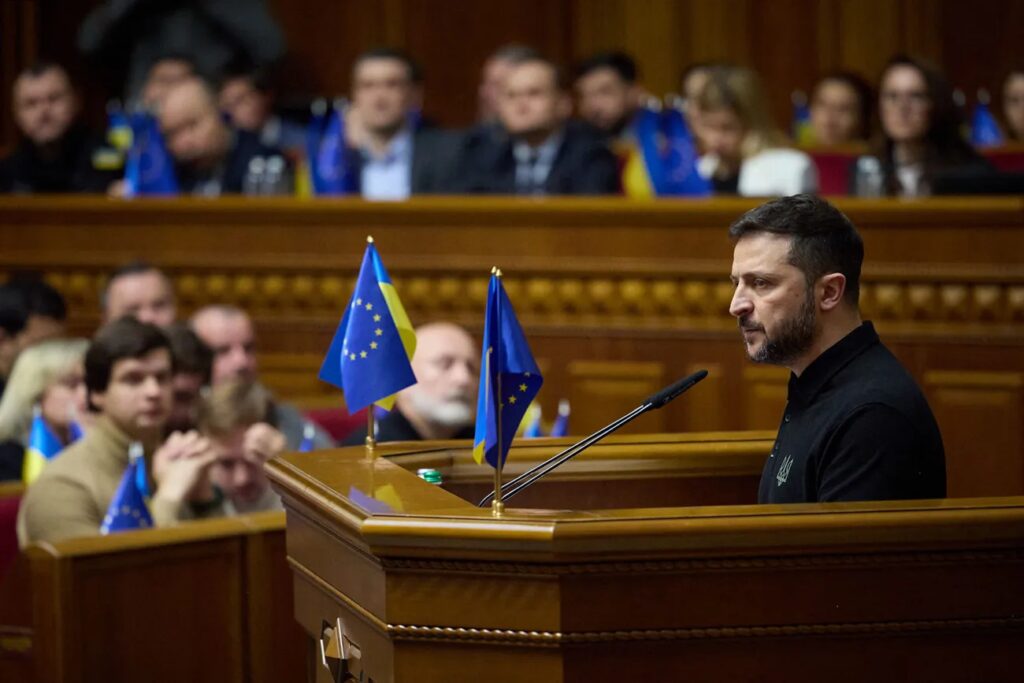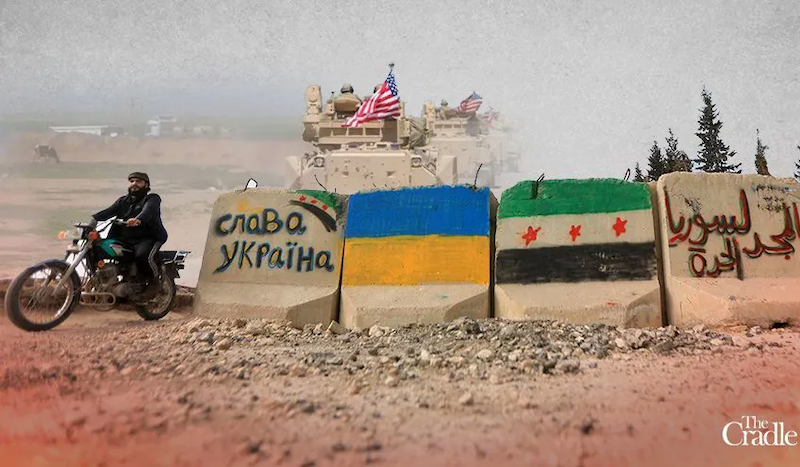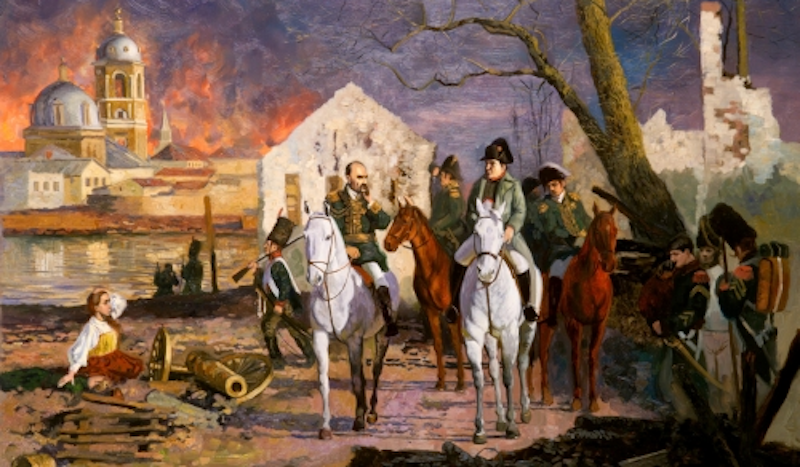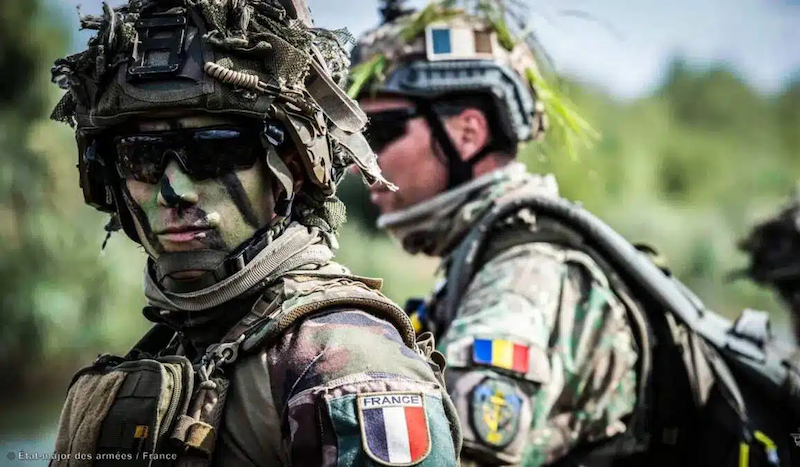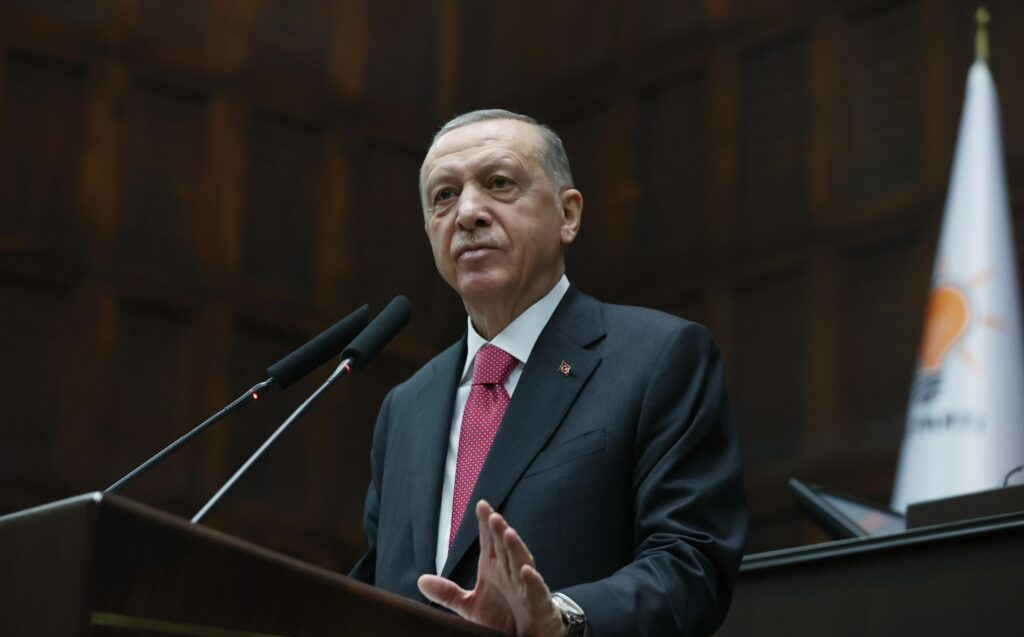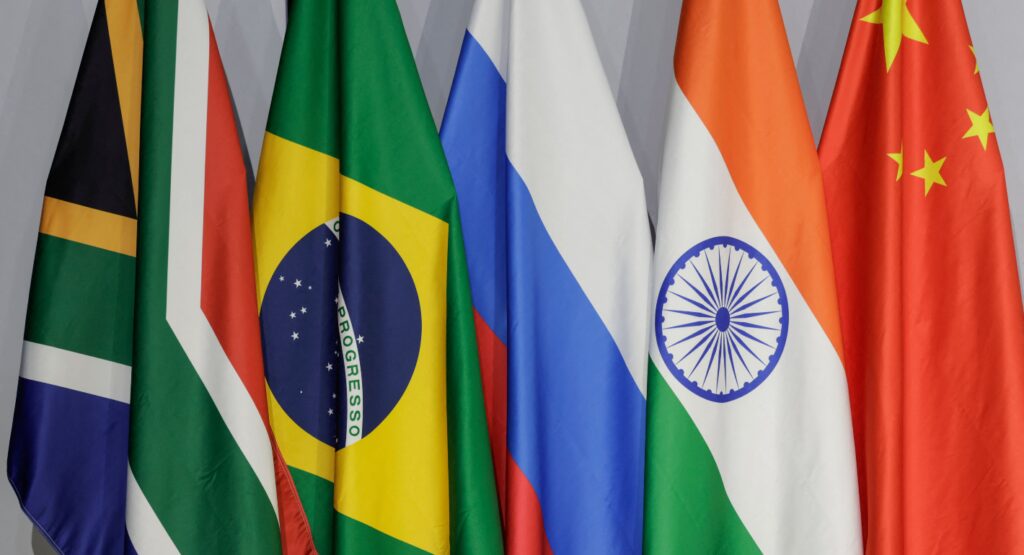The Future of the Security Sector in Ukraine
Executive Summary
The aim of this report is to present practical options for advancing Ukraine’s security sector capabilities to consolidate peace and stability as the country transitions from war to peace; the United States Institute of Peace does not take specific policy positions or advocate for specific forms of assistance. Although winning the war rightly remains Ukraine’s highest priority, this report focuses on the security sector issues at the heart of the country’s ability to win the peace. These include tackling corruption; holding the perpetrators of war crimes accountable; integrating veterans into society; and strengthening civilian security.

